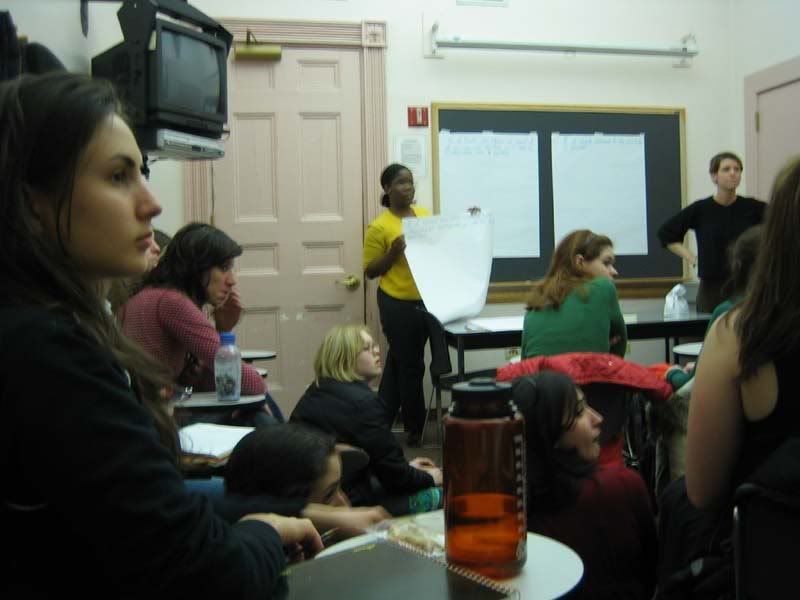
--DPY

Name: Larry
Family Composition: Currently single male, separated from his wife, with three children and living in an SRO (Single Room Occupancy)
Presenting Issue: Housing
Larry is the quintessential example of a single male in New York, whose doing all he can to get his life back on track, but desperately needs a new apartment and earns too little to afford anything on the market. When I met him, he was enrolled in a job-training program at the Bronx VA hospital and living in an SRO (Single Room Occupancy) that was in such debilitated condition, he wouldn’t let me meet him there to help him fill out an application. But that’s not why he was looking for a new home. Larry recently separated from his wife, and agreements between the two resulted in Larry getting to spend time with his three children on the weekends. His SRO had barely enough space for him to sleep, let alone his kids and the SRO rules prohibited Larry from letting his children sleep over on weekends. He needed to move elsewhere if he wanted to spend time with his kids. The only problem was that Larry was living on SSI disability, which meant his monthly income was only $690.
Larry’s income was insufficient to qualify him for affordable housing lotteries, let alone market value apartments. The first thing I checked out was Public Housing and Section 8 vouchers. Fortunately, the Section 8 voucher program had reopened for a brief period of time and the government was accepting new applications. Larry told me he had applied for Section 8 a long time ago and hadn’t heard anything from them. I went up to the Manhattan Application Office on 125th street and picked up a Public Housing Application and another Section 8 application for him and offered to meet up with him to fill them out. In the mean time, Larry wanted to look into immediate housing options, since he knew from personal experience that the Public Housing and Section 8 waiting lists were many years long. I turned to supportive housing – organizations that might offer housing to single males on SSI. I obtained a spreadsheet of supportive housing sites in New York and went down the list, making phone calls and leaving messages. I called the Urban League, the Independent Living Center, The Center for Urban Community Services, even the Mayor’s Disability Hotline. Almost everyone was helpful and encouraging but none had open spaces. In the end, Larry lucked out as the Section 8 voucher application he had filled out years ago came through and he was contacted for an interview. Larry’s story shows how hard it can be for low-income persons to find housing, and how daunting the process is. You need a whole lot of patience, a great deal of persistence and good dose of luck to get what you need.
--Iman Hassan, CC '10Case Summary:
Narrative:

Alex Woodward, BC '10 (PC)
Andrea Castaneda, CC'10
Anna Law, BC'10
Anum Akram, CC'11
Artemis Shaw, CC'11
David Yin, CC'09 (PC)
Elizabeth Lamoste, CC '10
Kathryn McCaleb, CC'11
Kelly Treder, CC'08
Khadeeja Safdar, CC'10
Maya Koenig, CC'09
Nonye Madu, CC'10
Ravi Singh, CC'09
Sonia Sekhar, BC'08 (PC)
Talia Kravitz, BC'11
Thomas Amy, CC'10
Past Volunteers: Iman Hassan, CC'10; Alison Silveira, BC'10; Severin Mahirwe, CC'10